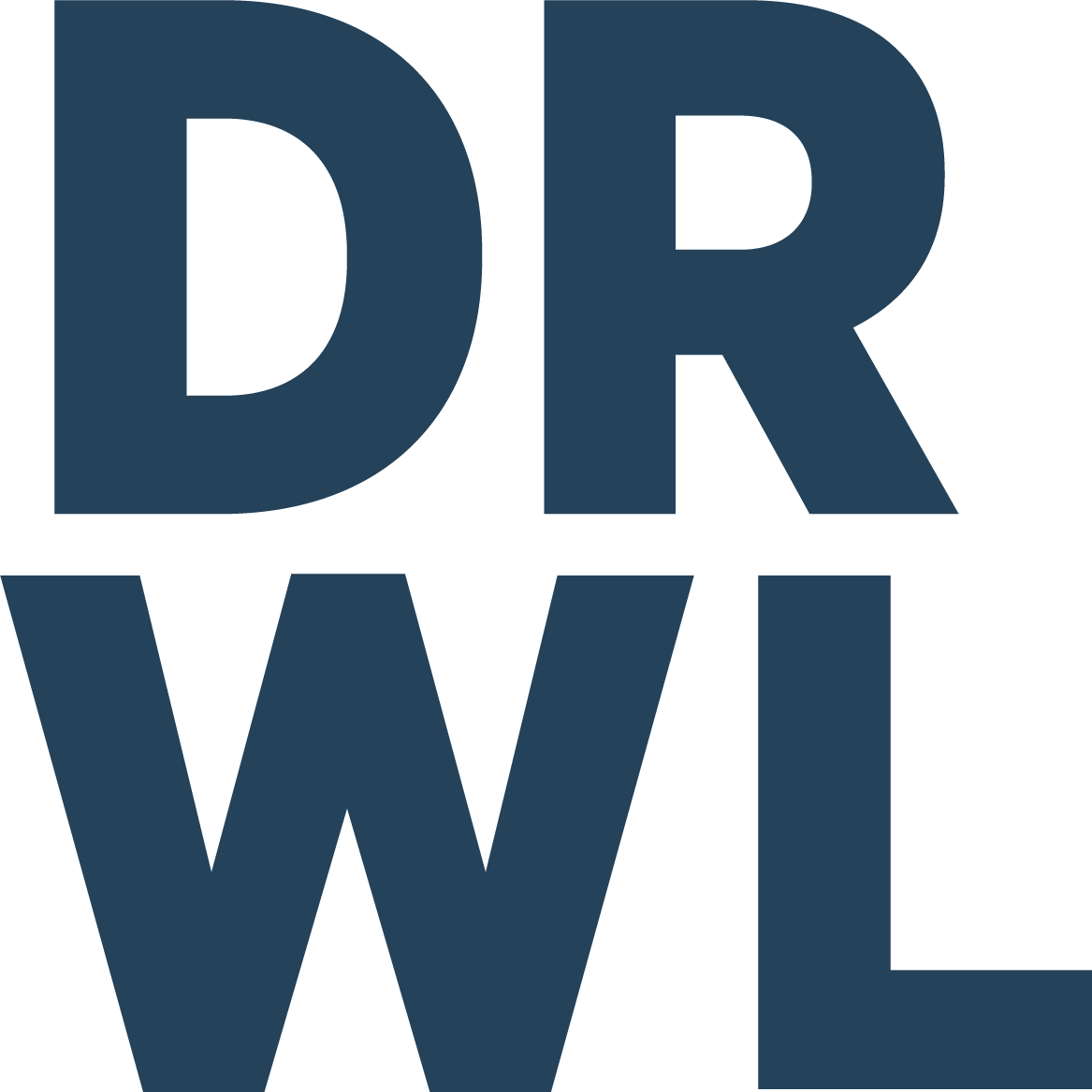Understanding accommodations vs. modifications in special education
"When a flower doesn’t bloom, you fix the environment in which it grows, not the flower.” - Alexander Den Heijer
There have been many times during my educational career that I have used this saying to explain to educators that, in order for some students to be successful with their educational program, these students need special accommodations or modifications.
Their use of these accommodations or modifications during classroom instruction and assessment allows them to accommodate to the learning characteristics of their students, thus assisting their students to demonstrate “what they know” and are “able to do” to the greatest extent possible.
Students needing accommodations or modifications should have them written within their Individualized Education Program (IEP) or Section 504 Plan. When choosing these accommodations or modifications, it is important to select ones that fit the learning style of the student. When applicable, include the student when discussing possible accommodations and modifications. Ask the student for their opinion on which ones they feel would be helpful.
What is an accommodation?
An accommodation changes HOW a student is learning. With an accommodation, the student completes the same assignment or test as their classmates with a variety of possible variations.These variations may include: some variation of time, different format, in a different setting, or how the material is presented. The use of accommodation(s) does not change the meaning of the score the student receives.
Examples of accommodations can include:
Extending the time for a student to complete the assignment.
Providing the student with lecture notes, outlines, etc.
Reducing the number of test questions.
Reading tests aloud to the student.
Allowing the student to dictate answers to quiz or exam.
Allowing the student to take open note or open book tests.
Highlighting key directions.
What is a modification?
A modification changes WHAT a student is learning. With a modification, the student completes an adjustment to the assignment. Modifications are changes of what the student is expected to learn based on their individual ability.
Examples of modifications can include:
Providing the student a word bank of answers for a test.
Providing the student an alternative book or materials for the topic being studied.
Modifying grade based on IEP.
Grading the student on a pass/no pass scale.
When it comes to preparing for an IEP meeting, the process can be overwhelming, but you do not have to do it alone! I have developed an online course to equip parents with the tools and knowledge necessary to be an active and knowledgeable participant in the IEP process.
This seven-session course covers everything from IEP terminology and setting effective academic success objectives to maintaining a clear vision to a student's academic achievement, developing collaborative relationships with educators and support staff, and more!
Learn more about the course on my website.
